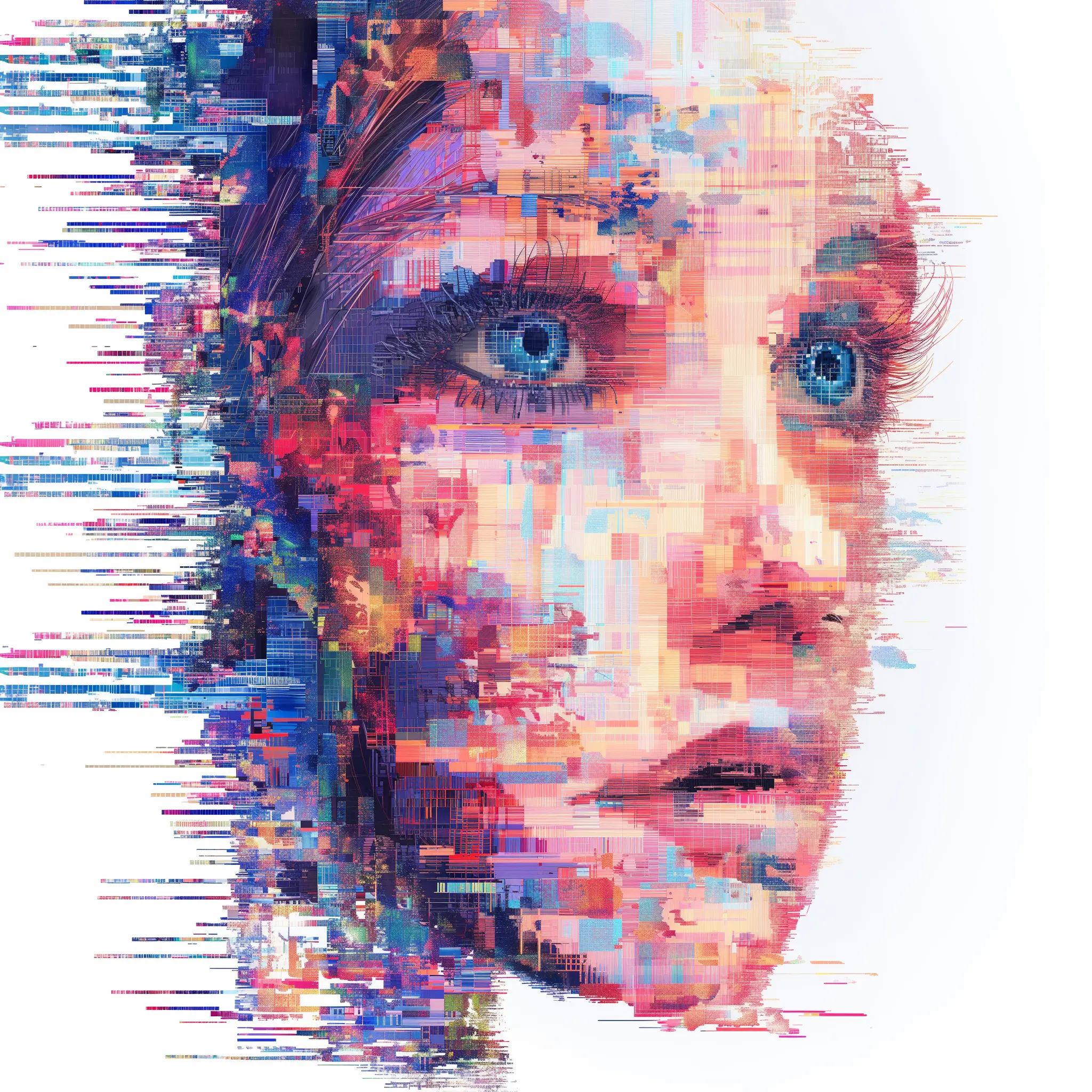From Pixels to Philosophy: AI’s Impact on Art and the Human Experience
The rise of Artificial Intelligence (AI) has ignited a revolution across various domains, and the art world is no exception.expand_more While the term “Pixart” literally translates to “art made of pixels,” it represents a broader trend – the increasing involvement of AI in the creation, interpretation, and even the very essence of art. This phenomenon sparks profound philosophical questions about human creativity, the role of technology, and the future of artistic expression.expand_more
Beyond Brushes and Pixels: AI’s Creative Canvas
Traditionally, art has been viewed as a uniquely human endeavor, driven by emotion, imagination, and the desire to express oneself.expand_more However, AI challenges this notion by demonstrating its ability to generate creative outputs – from composing music and writing poetry to producing paintings and sculptures.expand_more Algorithms can analyze vast datasets of existing art, identify patterns and styles, and even generate entirely new aesthetic experiences.expand_more This raises questions about the nature of creativity itself.expand_more Can machines truly be creative, or are they simply mimicking and manipulating existing forms? Is AI-generated art less valuable because it lacks the “human touch”?
Beyond Interpretation: AI as an Artistic Collaborator
AI’s impact goes beyond mere creation. It can analyze and interpret existing artworks, providing new insights and perspectives.expand_more Imagine an AI that can analyze the brushstrokes of Van Gogh and reveal hidden emotions or an algorithm that can identify recurring themes and symbols across diverse artistic movements.expand_more This collaboration between human and machine can lead to deeper understanding and appreciation of art, pushing the boundaries of traditional art history and criticism.
Beyond Aesthetics: AI and the Human Experience
The impact of AI extends beyond the technical and aesthetic realms. It has the potential to reshape our relationship with art on a fundamental level.expand_more AI-powered interactive installations can immerse viewers in personalized artistic experiences, blurring the lines between observer and participant.expand_more AI can personalize recommendations, curation, and even the creation of art, catering to individual preferences and emotions.expand_more This raises questions about the role of art in society. Should it remain a universal language, or should it become increasingly individualized and subjective?
Navigating the Pixelated Path: Ethical and Philosophical Concerns
The integration of AI into art presents ethical and philosophical dilemmas.expand_more Issues of ownership, authenticity, and bias in algorithms need careful consideration. Who owns the copyright of an AI-generated artwork? Is it the programmer, the user, or the AI itself? Can AI truly capture the nuances of human emotion and experience, or will it always be limited by its programming? Additionally, the potential for AI to perpetuate biases present in training data raises concerns about fairness and representation in the art world.
Conclusion: A Pixelated Palette of Possibilities
The integration of AI into art is not a replacement for human creativity, but rather a powerful new tool in the artistic toolbox.expand_more It presents exciting opportunities for innovation, collaboration, and deeper understanding of art and ourselves. However, approaching this integration with a critical and philosophical lens is crucial. We must ensure that AI enhances the human experience of art, promoting inclusivity, authenticity, and ethical considerations. As we navigate this pixelated path, we must remember that art, at its core, is a reflection of the human spirit, and AI should serve to amplify, not diminish, its unique expression.
This is just a starting point for a much larger discussion. By exploring the philosophical implications of AI in art, we can ensure that this technology serves humanity’s artistic and cultural aspirations in a positive and meaningful way. Let the pixels not just paint pictures, but spark dialogues that shape the future of art and our relationship with it.
